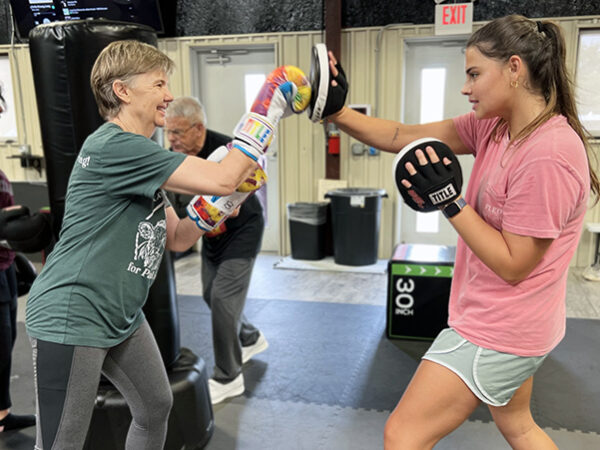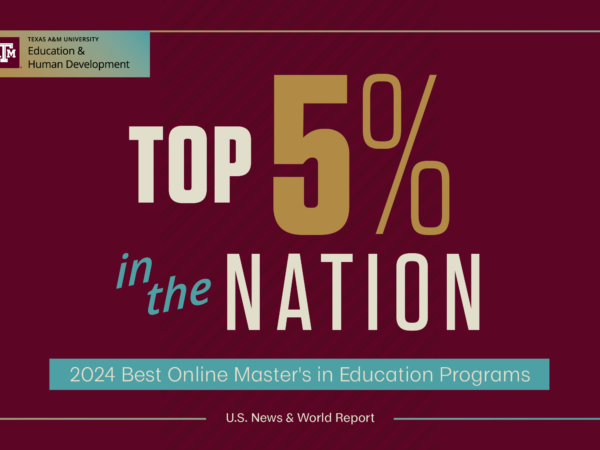Helping Children Read
A wise doctor once said “The more that you read, the more things you will know. The more you learn, the more places you’ll go.” Yes, this doctor just so happens to be the famous Dr. Seuss, but he could not have been more right. Learning to read opens a window to the world of learning and is essential for the mental growth of every young child. Unfortunately, learning to read doesn’t come easy for all.
For many students, the reading instruction they receive in the general classroom is sufficient, but roughly one-fourth of children need something more. According to Deborah Simmons, professor of special education, timing is everything. If children are not solid readers by the end of first grade, the odds are not in their favor to become successful readers.
“It’s really difficult to catch a moving target, and that’s what is happening in the early grades for at-risk students. The curriculum is pretty aggressive, so children who fall behind early often find themselves unable to keep pace,” says Simmons. “We have a finite amount of time where we can make significant jump starts in children’s reading development.”
As part of Project Early Reading Intervention, Simmons and her team of researchers collaborate with school districts in their respective states to study how children respond to different reading interventions. The study reinforces how critical it is for at-risk children to receive reading intervention early and consistently.
The researchers compared the efficacy of two reading interventions — a commercial program called Early Reading Intervention (ERI) and a typical school-designed intervention program. In the study, 206 children in Texas and Connecticut received reading intervention practice sessions for 30 minutes per day for approximately 100 sessions.
“What we found was both groups — the school-designed intervention and ERI — did really well by the end of kindergarten,” Simmons says. “Both reading interventions brought the majority of children up to reading levels that positioned them to be successful in later grades.”
The results, published in the journal Exceptional Children, indicate that many students identified as at risk for early reading problems benefited from the supplemental programs typically taught in schools. However, children who were most at risk at the beginning of kindergarten responded best to a reading method that was systematic and clear, like ERI.
Simmons speculates that ERI provides these at-risk students with the organized instruction, practice and integration of important skills they need to be successful readers.
The ERI curriculum is based on educational research and includes the elements that are necessary for children to learn how to read words and sentences, Simmons notes. It emphasizes phonemic awareness — the ability to hear, identify and manipulate sounds in words — and alphabetic principals — the recognition that letters represent sounds that can be combined to form words.
“ERI has a great deal of teacher modeling and opportunities for children to respond frequently and get teacher feedback,” she says. “Its sequence of lessons offer activities that build on one another and is designed for students to be successful.”
Simmons adds, “We’re learning that if schools provide that extra support in kindergarten, we can get the majority of children out of risk for reading difficulties.”
As part of a commitment to the educational reading development of local youth, the College of Education & Human Development’s Department of Teaching, Learning and Culture engages in a number of reading development programs.
The Texas A&M Reading Clinic pairs local students needing extra reading help with graduate students who are studying reading education. To improve their students’ reading, the tutors administer assessments to test reading skills, and based upon the results, create a profile and learning goals for each student. The tutors produce lessons tailored to their students’ reading levels, strengths and weaknesses. The Reading Clinic also provides the graduate students, many of which are classroom teachers, with a valuable learning opportunity.
Reads & Counts is a program that puts Texas A&M students in local classrooms and after-school programs to help public school children with math and reading. The work-study program employs more than 170 students from across the university. Having Reads & Counts tutors available is an asset to classroom teachers who might not have the time to give struggling students individualized attention while providing general classroom instruction. The program not only provides valuable work experience for college students, it also makes a difference in the lives of local school children.
For media inquiries, contact our Media Relations Coordinator, Ashley Green.
Fundraising
To learn more about how you can assist in fundraising, contact Amy Hurley, Director of Development ahurley@txamfoundation.com or 979-847-9455












